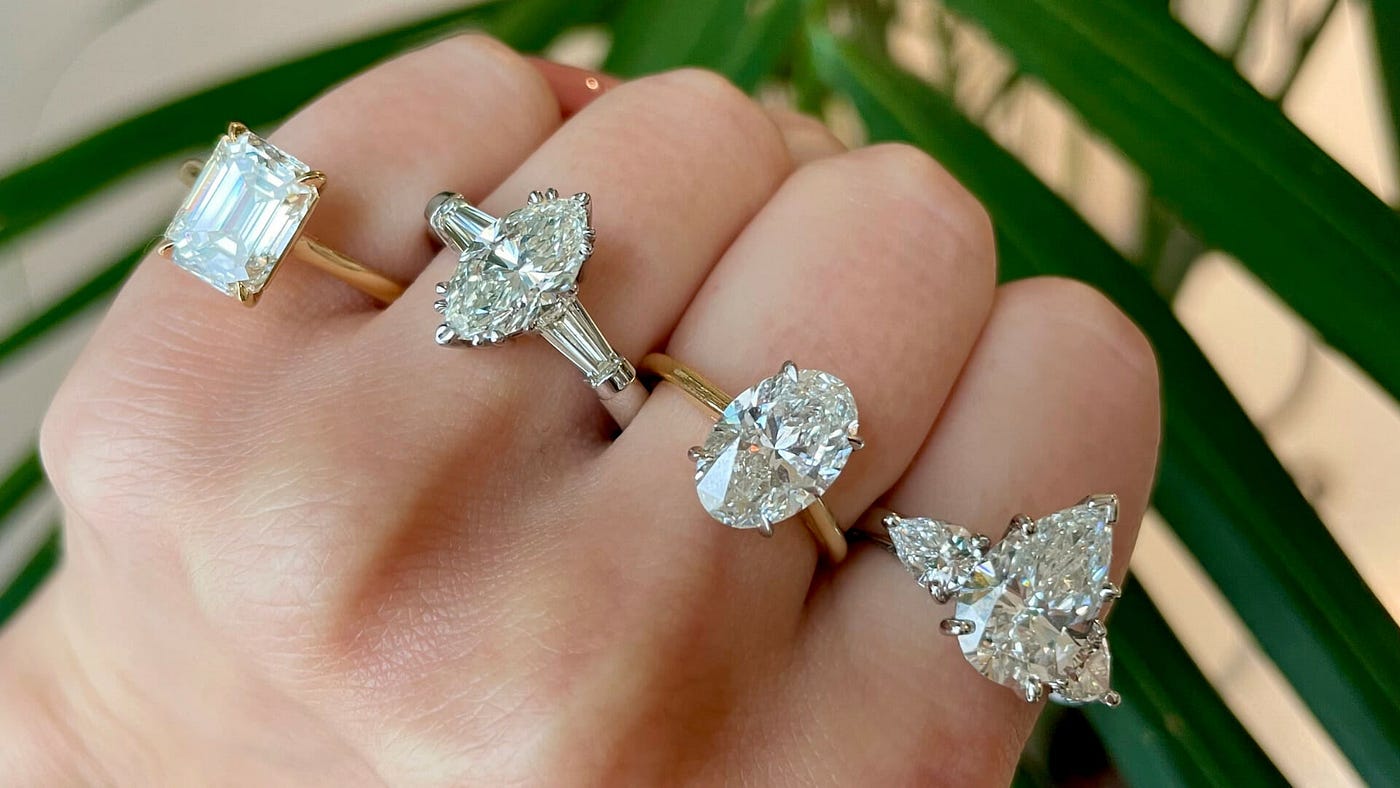In the ever-evolving world of fine jewelry, ethical concerns and sustainability have become increasingly paramount. This shift in consumer consciousness has led to the rise of lab-grown diamonds as a viable and ethical alternative to traditional mined diamonds. In this article, we delve into the world of ethical lab grown diamonds, exploring their benefits, the science behind their creation, and their impact on the jewelry industry.
Introduction
What are lab-grown diamonds?
Lab-grown diamonds, also known as synthetic or cultured diamonds, are man-made gems produced in controlled laboratory environments. These diamonds possess the same chemical and physical properties as natural diamonds, making them indistinguishable to the naked eye.
Why choose lab-grown diamonds?
Choosing lab-grown diamonds offers consumers a guilt-free alternative to mined diamonds. By opting for ethical lab grown diamonds, individuals can support ethical and sustainable practices while enjoying the beauty and brilliance of a genuine diamond.
Understanding Ethical Concerns
Environmental impact
Unlike traditional diamond mining, which often involves destructive practices such as land excavation and habitat destruction, lab-grown diamonds have minimal environmental impact. The controlled laboratory settings reduce the need for extensive land use and prevent the pollution of water sources, preserving natural ecosystems.
Social impact
Diamond mining has been associated with human rights abuses, including forced labor and unsafe working conditions. In contrast, the production of ethical lab grown diamonds eliminates these ethical concerns by ensuring fair labor practices and safe working environments for all involved.
Conflict-free sourcing
One of the most significant ethical issues surrounding mined diamonds is their potential link to conflict or “blood” diamonds, which are mined in war zones and sold to finance armed conflict. Lab-grown diamonds provide consumers with a transparent and conflict-free alternative, giving them peace of mind knowing that their purchase does not support unethical practices.
The Science Behind Lab-Grown Diamonds
How are they made?
Lab-grown diamonds are created through two primary methods: High Pressure High Temperature (HPHT) and Chemical Vapor Deposition (CVD). Both methods involve replicating the natural diamond-growing process by subjecting carbon atoms to extreme pressure and temperature or introducing carbon-rich gases into a chamber where diamond crystals form.
Types of lab-grown diamonds
Lab-grown diamonds come in various colors, man made diamonds, sizes, and clarities, offering consumers a wide range of options to choose from. Whether it’s a classic white diamond or a fancy colored gem, lab-grown diamonds provide versatility without compromising on quality.
Quality and Value
Comparison with natural diamonds
In terms of quality, lab-grown diamonds are virtually identical to natural diamonds, with the same brilliance, hardness, and fire. Gemological experts use the same grading criteria to assess both types of diamonds, ensuring consistency and reliability.
Certification
To guarantee the authenticity and quality of lab-grown diamonds, reputable manufacturers provide certification from recognized gemological laboratories. These certificates detail the diamond’s characteristics, including its cut, color, clarity, and carat weight, giving consumers confidence in their purchase.
Cost-effectiveness
One of the most appealing aspects of lab-grown diamonds is their affordability compared to natural diamonds. On average, lab-grown diamonds cost 20-40% less than mined diamonds of similar quality, making them an attractive option for budget-conscious consumers.
Longevity and durability
Lab-grown diamonds are as durable and long-lasting as natural diamonds, making them suitable for everyday wear. With proper care and maintenance, lab-grown diamond jewelry can be passed down through generations, retaining its beauty and value over time.
Ethical Consumerism
Growing demand
As consumers become more socially and environmentally conscious, the demand for ethical products, including lab-grown diamonds, continues to rise. This shift in consumer behavior reflects a broader trend towards sustainable and responsible purchasing practices.
Ethical considerations in purchasing decisions
When making purchasing decisions, consumers increasingly prioritize ethical considerations, such as the origin and ethical practices of the products they buy. By choosing lab-grown diamonds, individuals align their values with their purchasing power, supporting ethical and sustainable practices in the jewelry industry.
Supporting sustainable practices
By opting for lab-grown diamonds, consumers play a crucial role in promoting sustainability and responsible resource management. By supporting manufacturers who prioritize ethical and environmentally friendly production methods, consumers contribute to positive change within the industry.
Conclusion
Ethical lab-grown diamonds represent a revolutionary shift in the jewelry industry, offering consumers a sustainable and ethical alternative to traditional mined diamonds. With their impeccable quality, affordability, and minimal environmental impact, lab-grown diamonds are paving the way for a more ethical and sustainable future in fine jewelry.





